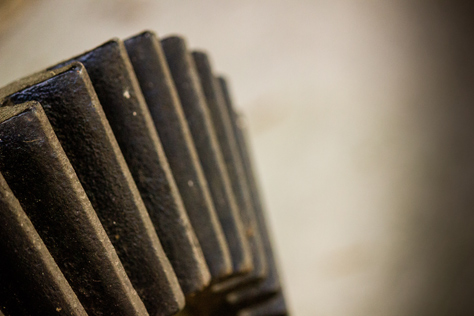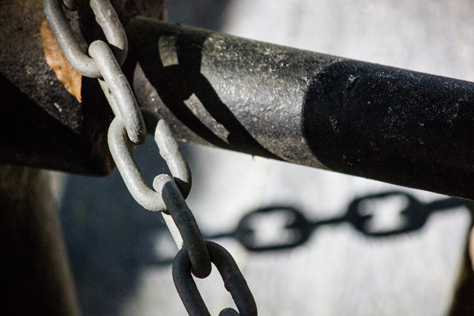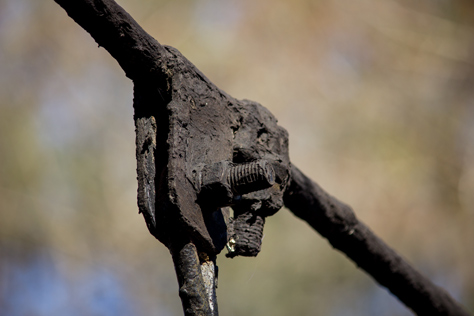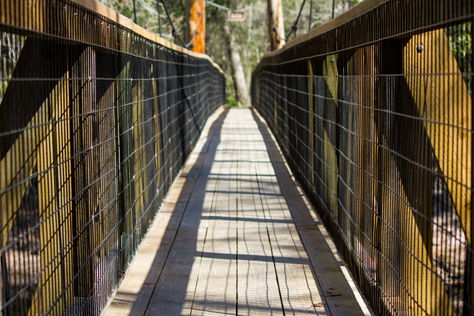White-tailed deer (Odocoileus virginianus) mother and fawn foraging in the woods near the parking lot at O'Leno State Park.
Near SE O'Leno Park Road, High Springs, Florida: 15 February 2014
part of the O'Leno State Park 2014 album
While I have many things for which to be thankful, I appreciate most my great family and the time that we spend together camping, travelling or just hanging out. Although we try to visit as many state parks as possible, we keep finding ourselves returning to O'Leno State Park in High Springs, Florida.
The former site of the Town of Leno (1840–1896) on the banks of the Santa Fe River, O'Leno is an over 6,000-acre preserve of natural Florida. First settled by Henry Matier and named Keno for a then-popular wagering game, Leno (pronounced lean-oh) was an industrious town with two grist watermills, six cotton gins, a saw mill, general store, hotel, doctor and livery stable.
The name change from Keno to Leno took place in 1876 after general store operator Colonel G. M. Whetstone applied to start a post office for the town. His request was denied because of the gambling connection to the name Keno, so he changed the name, reapplied and became postmaster of Leno. Whetstone would run his post office and store until 1890 when he moved three miles north to settle in the town of Mikesville.
The town's prosperity would come to an end in 1894 when the Savannah, Florida and Western Railway was "diverted to pass through Fort White instead of Leno." Within two years Leno was an empty ghost town, though it continued to be visited by locals — who called it Old Leno, later abbreviated to O'Leno — for use as a picnic area and swimming hole.
After the Florida Forest Service acquired the property in the early 1930s, they began development on a training camp for employees and youth groups. Opening in 1938, Camp O'Leno was later transferred in 1940 to the Florida Park Service, a division of the forestry board created in 1935.
It was then that the Works Progress Administration, joined by workers from the Civilian Conservation Corps, began a project to further develop the site. Within two years, they completed most of the project's improvements building roads, trails, the wooden suspension bridge, a dining hall, pavilion and museum/tower building. These structures are all still present today.
For those curious, although Reno, Nevada is presently known as a gambling town, it was not named under similar circumstances. Establishing a station in the growing mining and agricultural center known as Lake's Crossing, Central Pacific Railroad chose the name Reno in 1868 in honor of Jesse Lee Reno (1823–1862), a career Union Army officer who died in the civil war Battle of South Mountain.
Photo Credit: David July
Photo Credit: David July
Photo Credit: David July
Photo Credit: David July











